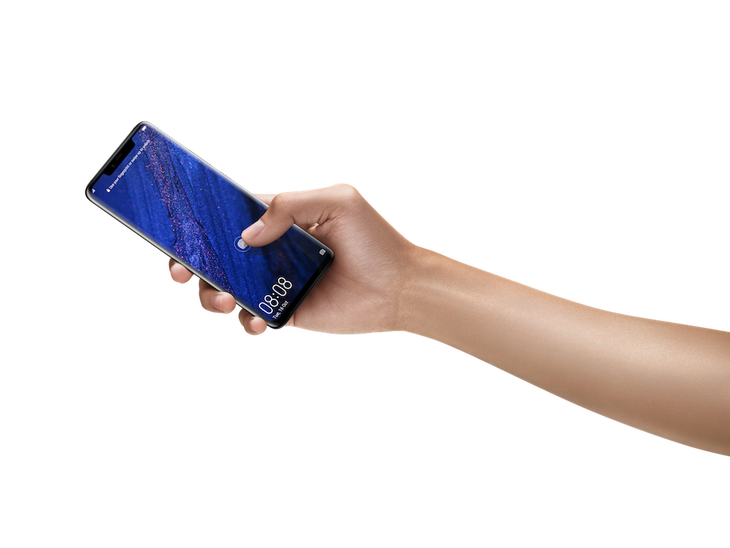
We specialise in supplying to the manufacturing industry so they need to be able to deal with dirt and grime. At Computime, our fingerprint scanners are designed to be robust and reliable. The real concern isn’t the dirt, it’s the temperature. Some companies shy away from fingerprint scanners because they are concerned they won’t work correctly in a dirty environment. Compare this to the biometrics slightly dopey brother, the Hand-Scanner, which is not a real time terminal and relies on the transfer of data back to your server – certainly not something you would want if wishing to have an up-to-date Fire Register ! The finger scanner gives you the security of biometrics and the real time updates of the proximity terminal in one package. Every clocking on the terminal updates your system straight away.
#Fingerprint security pro download
There’s no need to download the information from the system onto a USB stick, or wait for the system to ‘poll’ the information back to your server.
#Fingerprint security pro software
When someone makes a clocking, it’ll pop up on your time and attendance software within a second or two. The fingerprint scanner is a terminal that updates in real time. However if it is, then you may have to look for a quicker machine such as the proximity terminal or you may decide to purchase an additional fingerprint scanner to cope with the numbers. If you don’t have lots of folks trying to use a clocking machine at the same time, then this isn’t a concern. If you’ve got 40 to 50 employees all finishing their shift at the same time, then it will take between four and five minutes for everyone to clock out. That doesn’t sound like a lot of time, and in fairness it’s not, assuming you don’t have a large number of employees all trying to use the clocking machine at the same time. Whilst the actual finger recognition time is less than a second, it takes an employee about six seconds to use a fingerprint scanner by the time they have positioned themselves, carried out the necessary action and moved to one side for the next person. The main issue with fingerprint scanners is that they can cause queues in larger workforces. No sensitive data about your employee’s fingerprints are stored on the system. That number is the only thing that is stored about a person’s fingerprint, and it’s not a number that can be reversed to get an “image” of the fingerprint. The fingerprint scanner reads the conductivity across all those little bumps and ridges of a person’s fingerprint and then turns this into a long, encrypted number. Fortunately, when it comes to the fingerprint scanners we use for our time and attendance system, you don’t have to worry about this problem. On the subject of security, employees can often get a little uneasy about you storing their fingerprints on your system – that’s sensitive, private identification data after all. If you want to completely eliminate buddy clocking, biometrics is the way to go. There’s no way for an employee to clock someone else in or out on a biometric fingerprint scanner not unless they can somehow borrow the employee’s finger (which is needlessly messy and something you can’t repeat!). This means that “buddy clocking” is not a concern at all. The only way someone can clock in at a fingerprint scanner is to scan their own finger on the device. Securityīiometrics are popular because they are very secure devices. How does the biometric fingerprint scanner compare to other terminals for the purposes of time and attendance? Well, let’s take a look. This isn’t surprising, given that biometrics are becoming more popular (and readily available) with each passing year, as pointed out over on. The biometric fingerprint scanner is the most requested clocking terminal in the enquiries we receive. Swipe Card Access Control Security Systems.





 0 kommentar(er)
0 kommentar(er)
